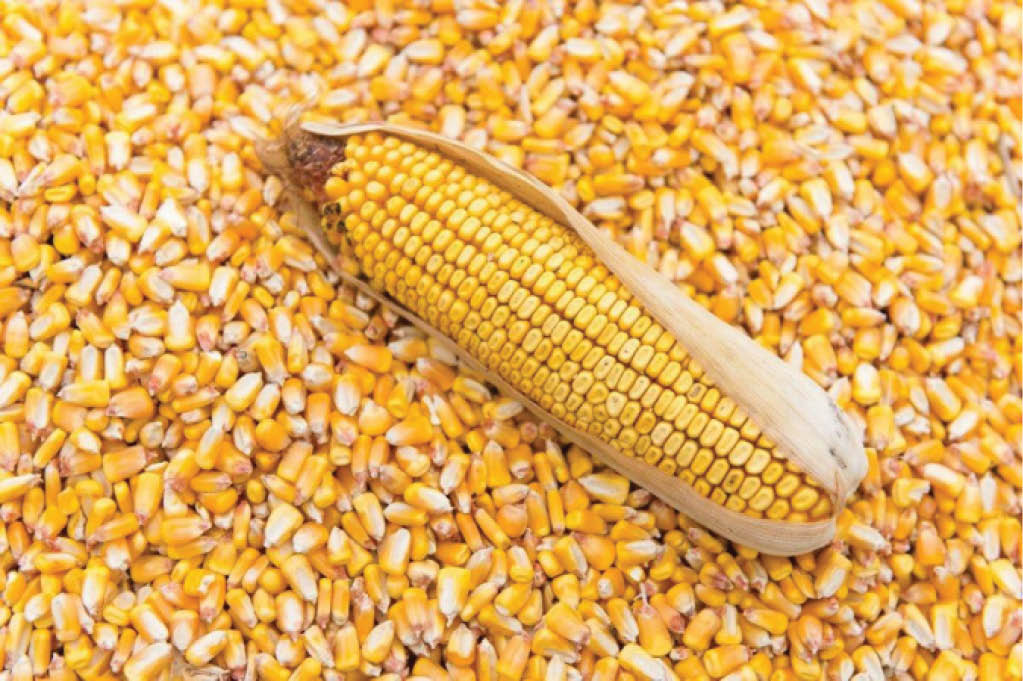Households, poultry industry face tough choices over rising maize price
The current price of maize is a source of concern for many consumers and value chain actors across the country. Maize is one of the major pillars of the poultry and feed industries and a crucial cereal for variety of dishes for millions of people in northern Nigeria. The demand for maize has outpaced supply […]

Poultry farmers are worried over current prices of maize in the country
The current price of maize is a source of concern for many consumers and value chain actors across the country.
Maize is one of the major pillars of the poultry and feed industries and a crucial cereal for variety of dishes for millions of people in northern Nigeria.
The demand for maize has outpaced supply due to the expansion of the poultry and feed industries, population growth, and other enhanced value chain activities.
The current price, which is between N35,000 and N40,000 per 100kg, poses a serious threat not only to the feed and poultry industries, but also to households where maize is a major source of the daily meal.
Since 2020, the grain has caused significant problems in all the value chain industries resulting in media confrontation between local farmers who claimed to have enough and the poultry and feed producers who complained of high prices brought on by scarcity prompting the need for importation.
Senate relaunches probe into N483bn MSME loan
Council chair warns against illegal tickets in Karu bus-stops
Maize rose from N80,000 per ton in January 2020 to N200,000 by January 2021 and before the new harvest, it was selling for N250,000 per ton.
However, throughout 2022, maize was sold between N190,000 and N250,000 depending on which market one was buying from.
But from January 2023, the price further went up to N290,000 per ton to now between N350,000 and N400,000 per ton.
Alhaji Umar Usman Kibiya, Kano State chapter chairman of the Poultry Farmers Association of Nigeria (PAN), said the competition between confectionaries, local consumption by citizens and the animal feed sector has created a huge demand for maize hence the scarcity and the hike in the price of the cereal.
In a reaction to high maize and soybean prices, a bag of layer feed for instance that was N2,800 in 2020, is now sold at between N8,000 to N10,500 per 25kg bag depending on the brand, which is an about 400 per cent increase. Feed constitutes about 80 per cent of the cost of production and if there is any hike in the price of maize and soy, the cost of production goes up.
And many poultry farmers have said it is impossible for them to double the price of eggs in response to the prices of maize and soybean. “That is the challenge we are having,” Mohammed Audu, a poultry farmer, said.
He said the current price of eggs is not proportionate to the price of feed in the market, which makes egg production a difficult business for small farmers, noting that “only those doing it on a large scale can make some gain; something small but not significant.”
Households facing difficult choices
The price of maize is forcing many households to look for alternatives.
“We eat more of alubo, cassava flour, now because the price of maize has gone to a level I have never seen in my life. How many mudu (measures) will I have to buy for the family? We just buy a few measures to mix with cassava flour that’s all,” Saidu Ahmadu, a father of seven, said.
He said the alternatives these days are even very few for many consumers across the country.
Our correspondents across the states said a mudu (measure) of maize, which was selling at N500 is now N850 while a measure of maize flour is selling at between N850 and N1100.
